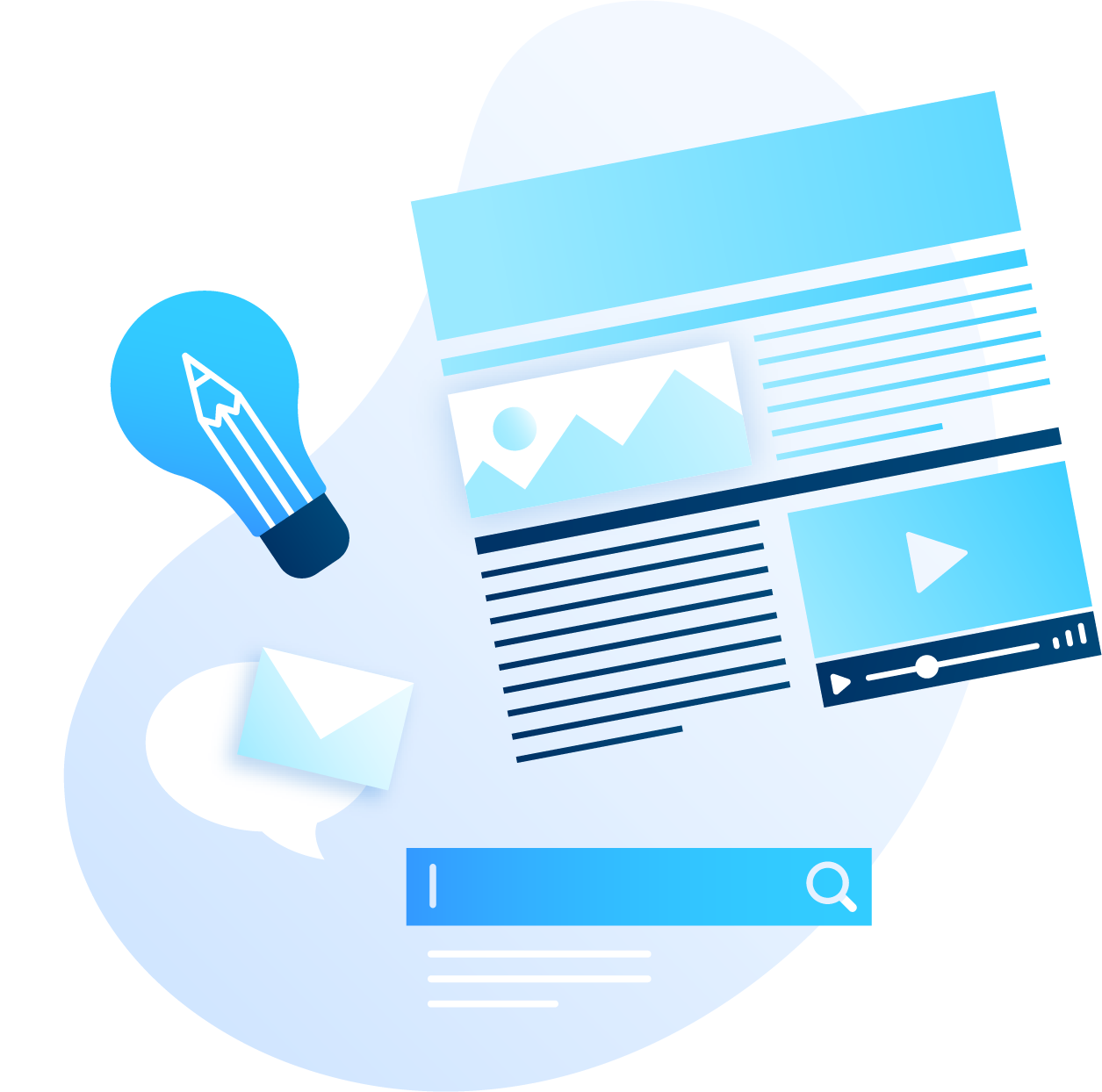It’s time to move beyond the hype – 4 practical steps to define future use cases for self-help and optimized digital customer experiences.
It is easy to be impressed by the generative capabilities of advanced AI models like ChatGPT and to imagine the many potential use cases for Large Language Models and Generative AI tools for Support and Customer Success.
The reality is that the promise and potential of these technologies will not be instantly realized.
The journey to the ideal future state for self-service and digital engagement requires a clear vision for the future, an understanding of your current state of self-services and a roadmap to guide your journey.
Unlock the Potential of Your Self-Help
Incremental improvements to self-help have been ongoing, but profound transformation of the entire self-help paradigm now seems possible. Sometimes it takes a transformative use case to show us a better way forward.
The simple elegance of ChatGPT is that you ask a question and you get THE answer, and in the business of Support, isn’t this what it is really all about? Sure, there are many use cases beyond answering support questions, but large language models and generative AI offer the potential for a new tool set to accelerate the use and effectiveness of self-help.
These tools do not offer a silver bullet but open the doors to what is possible. Our challenge is to envision the future use cases and apply the technology to deliver new and exceptional digital experiences.
The Journey to Optimized Digital Customer Experiences
Here are the practical steps to begin defining this roadmap:
Step 1: Define the Future Digital Experience
Step 2: Assess Your Current State of Self-Service
Step 3: Identify Gaps
Step 4: Build a Roadmap to the Future
Define The Future Digital Experience
ChatGPT gives us a glimpse into how Large Language Models and generative capabilities can potentially deliver a superior digital customer experience compared to today’s current approaches. Before we can implement the tools, we need to define the use cases.
Consider how you can use next generation technologies to deliver an ideal digital customer experience by answering the following questions:
- When customers access your self-help resources, how will you greet them and guide them to the information and answers they need?
- Will a customer be recognized and known?
- Will the digital experience be customized to each individual user?
- Will contextually relevant information be presented to customers when they access your self-help resources?
- Will customers be able to ask questions using natural language expressions?
- Will the digital experience provide intelligent and dynamic conversation to ask clarifying questions of the customer?
- Will the system have access to all “known” knowledge and expertise from the service and product teams, and other users and experts?
- Will self-help interaction generate contextually relevant and coherent responses to customer questions?
- Will self-help tools be able to recognize when it is appropriate to escalate to assisted resources?
Assess Your Current State of Self-Service
As you envision what the ideal future state will look like you need to assess how well you are delivering against your ideal future digital experience.
- Use your “ideal future state” as a baseline to see how well you are delivering digital experiences today.
- Inventory all current self-help and digital engagement capabilities provided today.
- Evaluate the effectiveness of the current digital experience.
- Assess the extent to which current self-help capabilities are meeting performance expectations.
- What do customers like most / like least about current digital experience?
Identify Gaps
It’s time to identify the gaps between what you want to do in the future and what you are doing today. This gap analysis will provide the foundation for defining your journey to a better future state of self-help and digital engagement. Consider the following:
- To what extent are your current self-help capabilities close to your desired future state?
- What future changes will accelerate the positive impact of digital engagements?
- Are the primary reasons for gaps related to tools, skills funding, or other reasons?
- What enhancements are most important?
Build a Roadmap to the Future
Your roadmap is your guide to future use cases. The process of comparing your ideal future state to your current state provides a perspective on the length and complexity of the journey ahead.
A well-defined roadmap will help to prioritize initiatives, define timelines, and establish funding and resource requirements. Few companies can afford to do everything, everywhere all at once so making a plan is essential.
Next Steps
If you’re trying to figure out what to do with ChatGPT or how to apply it – we can help.
We work with Service leaders and their teams to identify specific use cases for ChatGPT-like technologies and the actions necessary to implement. Take advantage of our research and industry insights to move ahead faster and avoid unnecessary obstacles.
Let’s schedule time to discuss how we can help you with next steps and best practices.
Check out Preparing For Next-Gen Service Technologies for the latest articles and resources related to ChatGPT and Generative AI.
At ServiceXRG we believe that great services lead to great business outcomes. That’s why we provide leaders like you with insights and a roadmap to retain more customers, lower delivery costs, and grow faster. Learn more.




